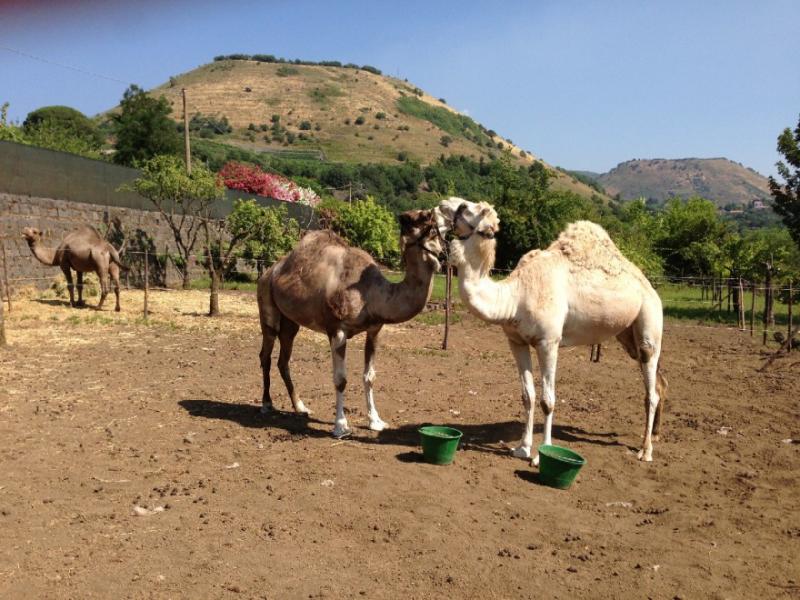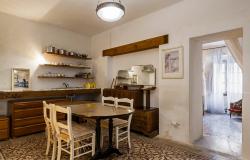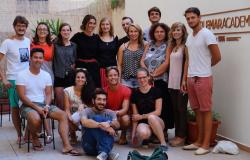On the foothills of Mount Etna, Carmen, Jamila and Mustafa graze inside the Gjmàla farm.
They are the three dromedaries that make up the first camel farm in Italy, the second in Europe.
Located in Trecastagni, it was established by Santo Fragalà, a Sicilian veterinarian who came up with the idea of breeding camels to produce milk and cosmetics (lotions, bath soaps and shampoo).
The dairy line, which would eventually include cheese, is yet to be started. The cosmetics line is already in the works with bath foam, shampoo, hand and face lotions made from imported camel milk powder. Soon, these products will be made using fresh milk produced by the three camels.
As for milk and dairies, the female of the dromedary produces high-quality milk in industrial quantities: an average of seven liters per day, compared to one liter produced by the female donkey, which can be considered the nearest competitor in terms of animals producing milk alternative to that of cows.
"The milk of our camels has important characteristics,” Fragalà says. “It is five times richer in calcium and three times richer in vitamin C than cow’s milk; it is low in casein and high in polyunsaturated fat, which allows to feed newborns without the addition of other nutrients. It is a complete food, a perfect substitute for breast milk.” Camel milk can also be easily digested by lactose-intolerant individuals.
Fragalà also highlights the benefits in terms of cost. A liter of donkey milk is sold at 12 euro, while camel milk is sold at half that price.
It remains to be seen if the experiment can be successful. In Europe, camel products are niche products, especially because the supply is very limited, but also because of the difficulties in meeting health regulations.
"I simply brought camels back to Sicily," Fragalà says. "When the region was under Arab rule, they were a common sight."












